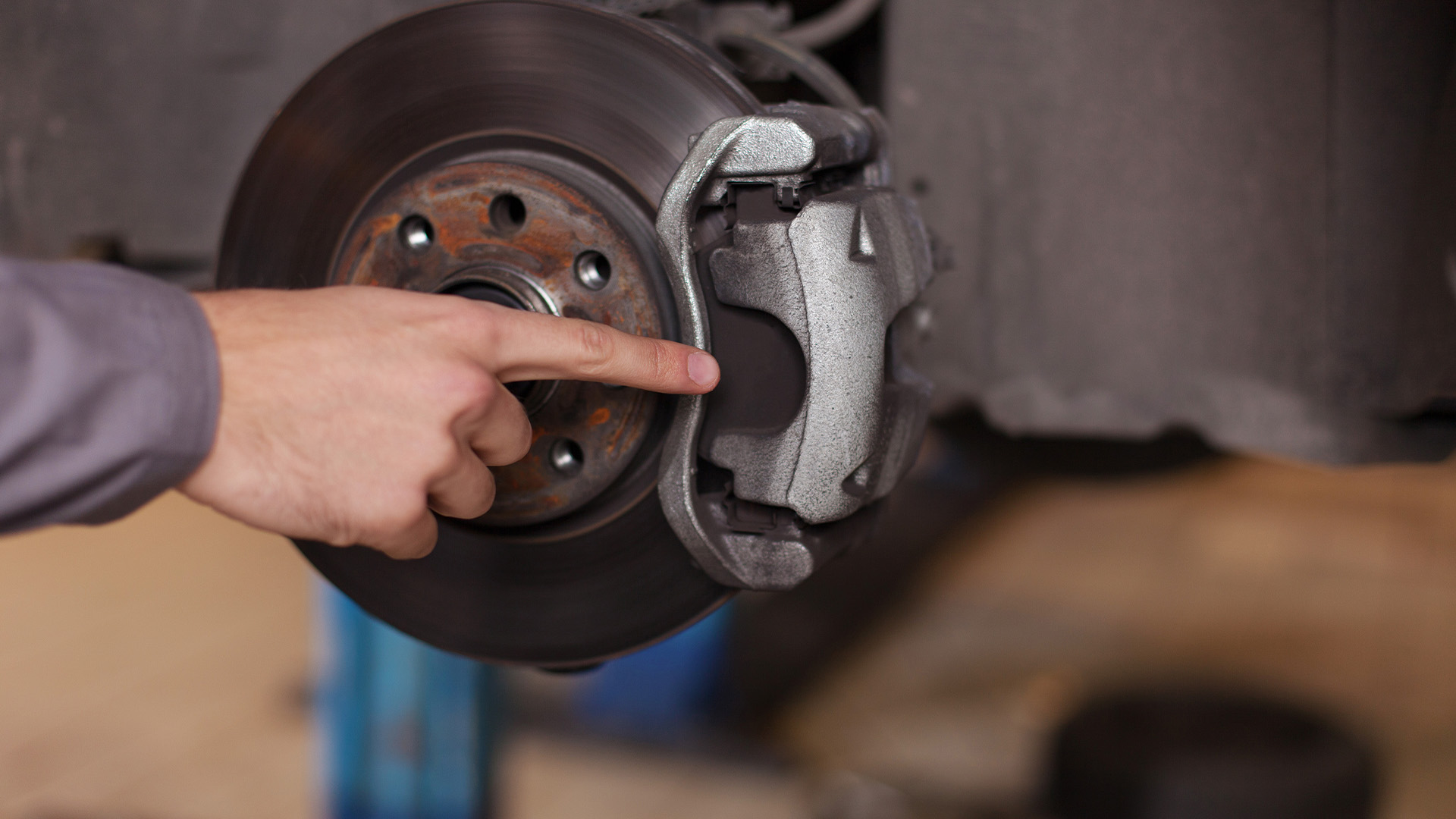To measure brake rotor thickness, use a micrometer or a rotor-specific measuring tool. Brake pad removal may be necessary for accurate measurement.
Brake rotors are essential components of a vehicle’s braking system. Over time, they wear down and require replacement. However, determining whether they need to be replaced can be challenging. One way to determine a rotor’s condition is by measuring its thickness. It is crucial to measure a rotor’s thickness accurately to avoid brake failure, which can lead to accidents. In this article, we will explore various methods for measuring brake rotor thickness and discuss the importance of regular brake maintenance. By the end of this article, you should be familiar with measuring your brake rotors’ thickness and determine whether they need replacement.

Credit: road.cc
Understanding Brake Rotors And Their Importance
Brake rotors are a crucial component of a vehicle’s braking system. Without properly functioning rotors, a car wouldn’t be able to stop properly. Rotors are the smooth, circular discs that the brake pads clamp onto, creating friction and stopping the vehicle’s wheels from turning.
To measure brake rotor thickness, you need a micrometer tool. You should also make sure the rotors are within the manufacturer’s recommended thickness range. It’s important to stay on top of regular brake maintenance to avoid any potential safety hazards on the road.
Safe driving relies heavily on properly functioning brake rotors and pads, so it’s essential to address any issues with them promptly to ensure a safe driving experience.
Basic Tools Required For Measuring Brake Rotor Thickness
Measuring the thickness of your brake rotors is an important maintenance task for your vehicle. In order to accomplish this, you’ll need some basic tools. The first is a caliper, which can come in a digital or manual form. Each type has its own benefits and drawbacks, but both can be effective for measuring rotor thickness.
Once you have your caliper, it’s important to know how to use it properly. This involves making accurate measurements at multiple points on the rotor, as well as ensuring that you’re measuring the brake rotor, rather than the part of the car that surrounds it.
By following these simple steps, you can accurately measure your brake rotor thickness and ensure that your vehicle is safe and reliable on the road.
Brake Rotor Minimum Thickness Specification | Maintenance Minute
Procedure For Measuring Brake Rotor Thickness
Measuring brake rotor thickness is essential for ensuring your brakes are in good working order. Using a caliper, gently place it on the rotor to get an accurate reading. To ensure an accurate reading, be sure to measure at several points on the rotor and take the average.
Pay attention to any thickness variation between different rotors, which can indicate uneven wear or brake pad issues. Additionally, check for runout, which measures any wobbling that can cause uneven brake pad wear. By following these steps, you can ensure that your brakes work as they should, keeping you and your passengers safe on the road.
Factors Affecting Brake Rotor Wear
Factors affecting brake rotor wear the thickness of a brake rotor is a crucial element to ensure your car’s safety. There are various factors affecting the wear and tear of the brake rotor. One of the most common factors is the driving habits of the driver.
Frequent and harsh braking results in faster wear and tear of the rotor. Another factor is the type of brake pads used; abrasive and metallic brake pads can cause more wear and tear. Other aspects like road conditions, temperature, and humidity also play a role.
To minimize rotor wear and extend their lifespan, inspect your brakes regularly, use high-quality brake pads, and brake cautiously. Proper maintenance can save you money on costly brake repairs while ensuring your safety on the road.
Signs Of Brake Rotor Wear
Brake rotors are an essential vehicle component that must be inspected regularly. Signs of wear on the rotor’s surface, such as grooves, cracks, and warping, are a few of the most typical indicators that it requires replacement. If your car emits squeaking noises or grinding sounds when braking, it may be due to worn-out brake pads or a worn brake rotor.
To maintain safe driving conditions, it is critical to inspect your brake rotors regularly and measure their thickness. By measuring the brake rotor thickness, you can determine whether it is still safe to use. Overall, it is important to keep your brake rotors in good condition, as they are an essential part of your car’s braking system and ensure your safety on the road.
Faq On Measuring Brake Rotors Thickness
Measuring the thickness of brake rotors is an essential part of maintaining your car’s safety. Here are answers to some frequently asked questions about the process. How do i measure the thickness of my brake rotors? Use a micrometer to measure the rotor’s thickness at the thinnest point, and compare it to the manufacturer’s recommended minimum thickness.
Why is it important to measure brake rotor thickness? If the rotor thickness is below the recommended minimum, it can warp or crack under heat and pressure, leading to brake failure. How often should i check my brake rotor thickness?
It’s recommended to check your brake rotors’ thickness every 12,000 miles or based on your car manufacturer’s recommendations. When should i replace my brake rotors? If the brake rotor’s thickness is below the recommended minimum, it’s time to replace them.
Frequently Asked Questions On How To Measure Brake Rotors Thickness
Conclusion
It’s clear that measuring brake rotor thickness is an important aspect of maintaining the safety of your vehicle. By using the proper tools and following the appropriate steps, you can accurately measure your rotor thickness without difficulty. Remember to frequently check your brake rotors and replace them as necessary.
By doing so, you’ll be able to save money in the long run and avoid any potential danger on the road. If you’re not confident in your abilities to measure your brake rotors, seek the assistance of a professional mechanic.
They will be able to offer expert advice and ensure that your vehicle is operating at its optimal level. Always prioritize your safety and the safety of others on the road, and regularly check your brake rotors to ensure that they meet the required specifications.

Leave a Reply